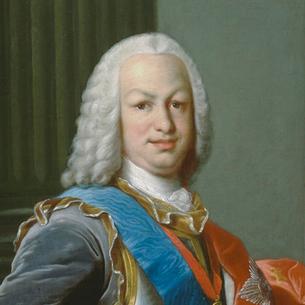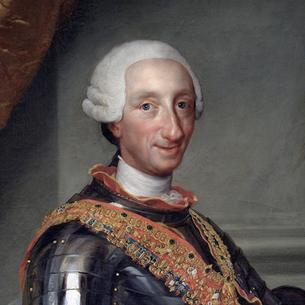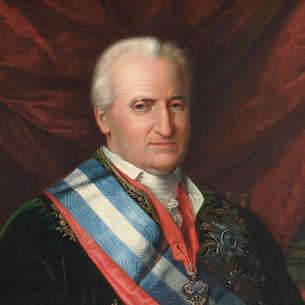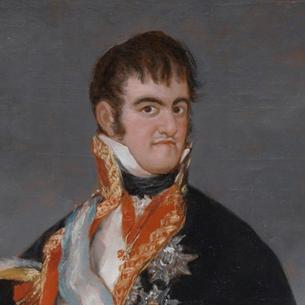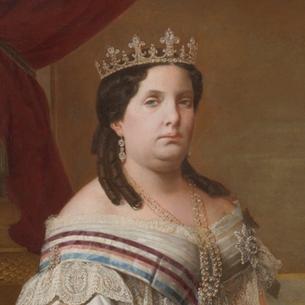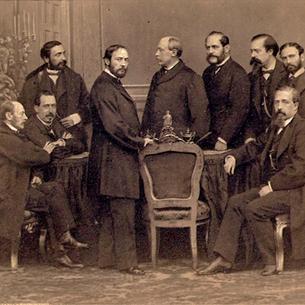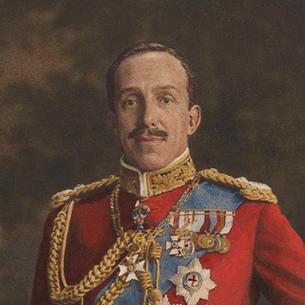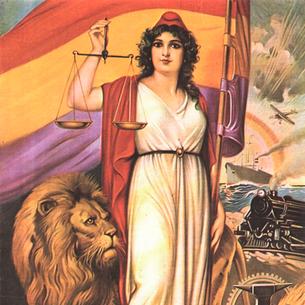
Which Spanish coins are worth money?


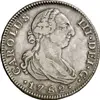

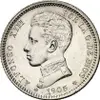

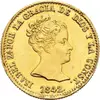
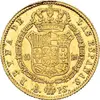
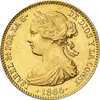
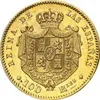
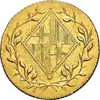







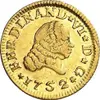
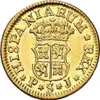
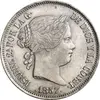

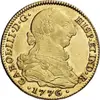



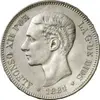
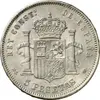
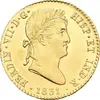

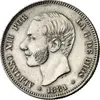
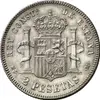
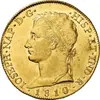



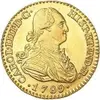
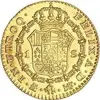










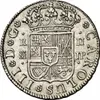
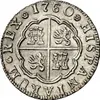


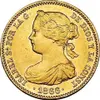




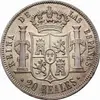












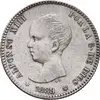
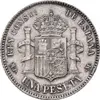
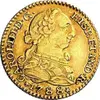





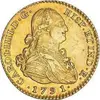
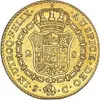











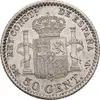


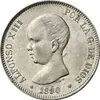
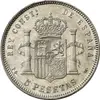
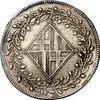



- Coins history
- Coins value
Spanish old coins
The Spanish coinage in the 18th century
The Bourbon accession to Spain brought absolutism, i.e. a political system vesting all powers in a monarch. The said absolutism echoed in the numismatics: the Spanish coinage became homogeneous basing itself on the Castilian system. This system was octal (that’s to say, its numerical notation was based on 8 rather than 10 to which we are accustomed nowadays) and each metal defined a distinct monetary unit.
Gold, silver and copper coins were minted in Peninsular Spain (mostly in Madrid, Segovia and Sevilla). Golden coins were denominated in escudos having values of ½, 1, 2, 4 and 8 escudos; silver coins — in reales having values of ½, 1, 2, 4 and 8 reals, while copper coins were denominated in maravedís having values of 1, 2, 4 and 8 maravedís. The relation between values was always from 1 to 16. In other words, 16 maravedís were equal to 1 real, while 16 reals were equal to 1 escudo.
During the reigns of Philip V, Ferdinand VI, Charles III and Charles IV (1700-1808), Spanish coins preserved certain metrological stability. It is also true that there were important technological advances, like the introduction of coining presses, and typological ones, like the placement of royal portraits on coins.
A long period of transition
The French Revolution brought an enlightened government full of French influence. Joseph I, the brother of Napoleon, unified the golden and silver Spanish coinage within a decimal system based on the real. Thus, 20 reales of Joseph I were equal to 8 reales of former monarchs.
The rise to the throne of Ferdinand VII in 1813 resulted in return to absolutism and, therefore, the reintroduction of the octal monetary standard. Some liberal governments, like the one who ruled between 1821 and 1823, brought back the decimal system, however, the octal system reappeared when absolutists came back to power. The Spanish coinage became even more complicated when Isabella II came to reign. The traditional system was rejected and, then, a uniformity between coins was sought, using reales like a unified unit at first, and later — escudos.
With more steps taken, the Spanish coin circulation turned into chaos and, thus, for about 20 years, Spain had four distinct monetary systems with their coins circulating all together at the same time. To this ought to be added a huge amount of Portuguese, French and English coins circulating in Spain at that time. To sum it up, there were hundreds of different values in the Spanish coin circulation which complicated trading and accounting matters.
The peseta
The 1868 Revolution ousted Isabel II and established a provisional government that unified Spanish coins under the metrological standard of the Latin Monetary Union. Thus, the peseta was born — the last proper Spanish coin that was issued until 2001.
During the Sexenio Revolucionario (Six Revolutionary Years, 1868-1874) and afterwards, during the reigns of Alfonso XII (1874-1885) and Alfonso XIII (1886-1931), copper coins (1, 2, 5 and 10 centimos), silver coins (1/2, 1, 2 and 5 pesetas) and golden coins (10, 20 and 25 pesetas) were minted in Spain. Even though, theoretically, it was a bimetal system, but, in practice, the Spanish system was based on silver — the metal of which a large number of coins was minted.
A collector should know about a curious security system embedded in Spanish coins: the year of minting of a coin is indicated inside two small six-pointed stars along the edges of the main date. Therefore, in most cases, these small digits inside the stars make a certain coin more common or rarer.
The turbulent time of the Second Republic and the subsequent Civil War brought a monetary chaos to Spain and the usage of coins made of non-noble metals became common. Noble metals do not circulate in Spain up to present days, with the sole exception of 100 pesetas of Franco that were made of silver. The monetary chaos was resolved during the Franco regime when coins from 5 centimos to 100 pesetas were minted, most of them depicting the portrait of Franco. As from 1975, the issue of these coins went on, but with the portrait of Juan Carlos I, who extended the set of coins up to 500 pesetas.
Adolfo Ruiz



 Polski
Polski
 Русский
Русский
 Deutsch
Deutsch
 Español
Español
